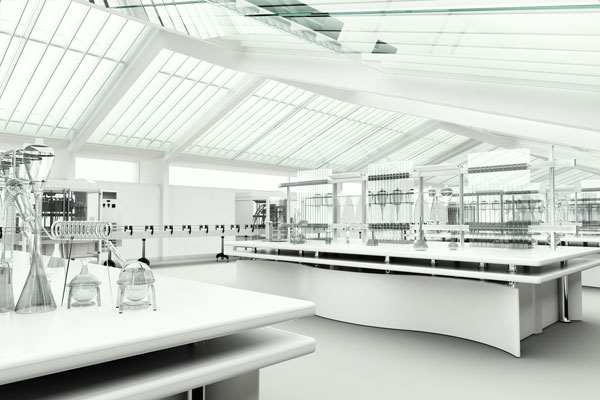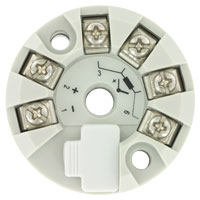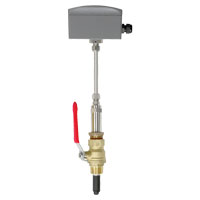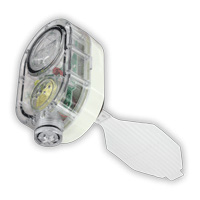 The Dwyer team recently released the latest model in our line of air velocity transmitters, the Series AVLV. This series is ideal for measuring low air velocity or volumetric air flow in applications such as: clean room systems, pharmaceutical buildings, variable air volume systems, and building ducts. Continue reading “[New Product Highlight] Air Velocity Transmitter | Series AVLV”
The Dwyer team recently released the latest model in our line of air velocity transmitters, the Series AVLV. This series is ideal for measuring low air velocity or volumetric air flow in applications such as: clean room systems, pharmaceutical buildings, variable air volume systems, and building ducts. Continue reading “[New Product Highlight] Air Velocity Transmitter | Series AVLV”
How to Set Up and Use the Model TBU-00 Temperature Transmitter
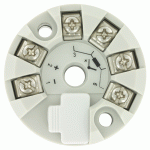
The Model TBU-00 Temperature Transmitter is a high precision temperature transmitter. Its small size and weight allow it to easily mount in most temperature sensor instrument enclosures. The TBU-00 is ideal for process applications where a 4 to 20 mA signal is required, such as: food processing equipment, boiler equipment, and refrigeration equipment. Continue reading “How to Set Up and Use the Model TBU-00 Temperature Transmitter”
[New Product Release] Differential Pressure Transmitter, Series 629HLP
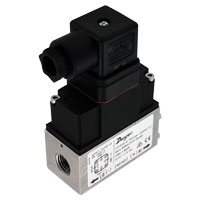
This week introduced the latest addition to the Dwyer pressure product line, with the Differential Pressure Transmitter, Series 629HLP. This transmitter is ideal for monitoring differential pressure in applications such as air handlers, heat exchangers, chillers, and hydraulic systems. Continue reading “[New Product Release] Differential Pressure Transmitter, Series 629HLP”
Mechanical vs. Non-Mechanical Flowmeters
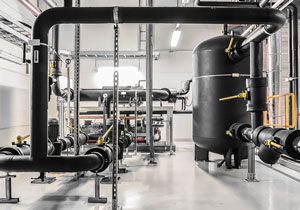 Insertion flowmeters provide a great alternative to inline flowmeters because they are typically less expensive and easier to install than inline meters. But how do you know which type of insertion meter to choose?
Insertion flowmeters provide a great alternative to inline flowmeters because they are typically less expensive and easier to install than inline meters. But how do you know which type of insertion meter to choose?
There are two primary types of insertion flowmeters: mechanical and non-mechanical. It’s vital to understand the application and benefits of each type of meter, to ensure the best instrumentation solution for your application. Continue reading “Mechanical vs. Non-Mechanical Flowmeters”
What is Radon, and Why are We Testing for it in Our Homes?
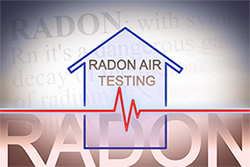 For anyone who has recently purchased or sold a home, they may have noticed a radon inspection clause in the purchasing agreement. What is radon, and why are we testing for it in our homes?
For anyone who has recently purchased or sold a home, they may have noticed a radon inspection clause in the purchasing agreement. What is radon, and why are we testing for it in our homes?
Radon is an odorless, colorless gas that is naturally released into the environment as a decay byproduct of radium. Radium is a decay byproduct of uranium which can be found in certain types of rock, soil, or water. Some areas have higher concentrations of radon due to the soil composition which leads to additional testing for radon. Continue reading “What is Radon, and Why are We Testing for it in Our Homes?”

